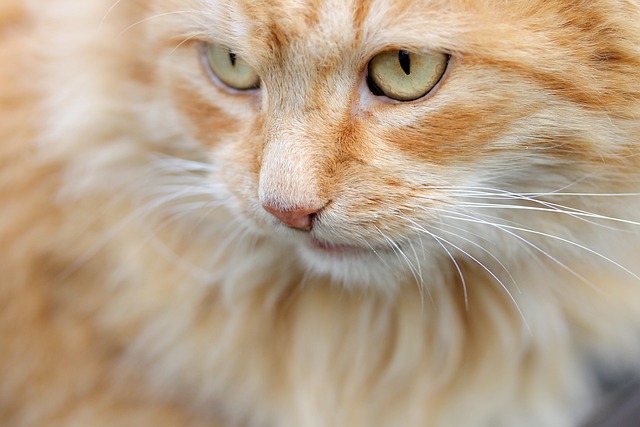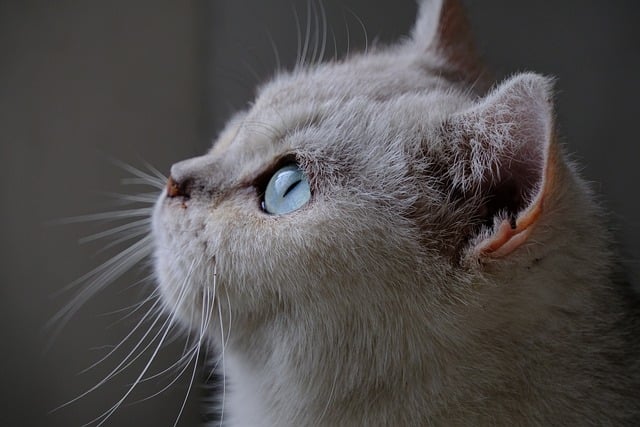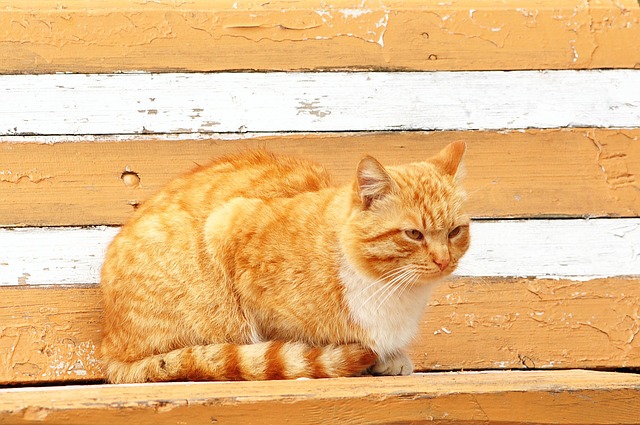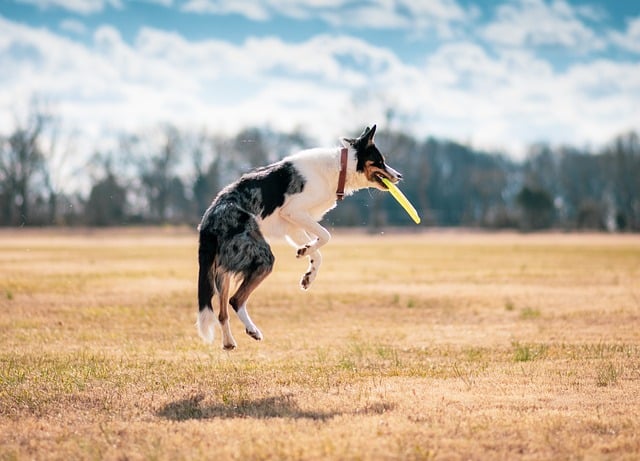Cat sitting requires a deep understanding of feline behavior and health indicators, enabling sitters to proactively ensure cats' well-being while owners are away. Prioritizing safety with pet-friendly environments and regular routines replicates home comfort. Effective communication through clear responses, active listening, and transparent updates builds strong client relationships. Cat sitters must be prepared for emergencies with first aid knowledge and supplies, making swift decisions to confidently care for their furry charges under pressure.
Becoming a cat sitter can be a rewarding experience, but it requires a unique set of skills to ensure furry friends remain happy and healthy in your care. This guide delves into the essential skills for successful pet sitting, focusing on understanding feline behaviour, creating safe spaces, effective client communication, and handling emergencies. By mastering these areas, you’ll become a trusted cat sitter, providing peace of mind for owners and exceptional care for their beloved pets.
- Understanding the Needs of Cats: Recognizing Behavioral Cues and Health Signs
- Creating a Safe and Comfortable Environment for Feline Guests
- Effective Communication with Clients: Building Trust and Ensuring Satisfaction
- Handling Emergency Situations: Preparing for Unexpected Cat Care Challenges
Understanding the Needs of Cats: Recognizing Behavioral Cues and Health Signs
Successful cat sitting requires a deep understanding of feline behavior and needs. Cats communicate through subtle cues, from posture to meows, and it’s crucial for pet sitters to interpret these messages accurately. By recognizing behavioral signs like excessive grooming, hiding, or aggression, cat sitters can address potential issues before they become problems.
Moreover, being vigilant regarding health signs is paramount. This includes spotting changes in appetite, litter box habits, or energy levels – potential indicators of illness or discomfort. Cat sitters who are attuned to these subtleties can provide timely care and ensure the well-being of their feline charges while their owners are away.
Creating a Safe and Comfortable Environment for Feline Guests
When it comes to cat sitting, creating a safe and comfortable environment is paramount. Cat sitters should ensure their homes are pet-friendly, removing any toxic plants or dangerous items that might be enticing for curious cats. Setting up a designated area with familiar bedding, food bowls, and toys can significantly ease the transition for the feline guest, making them feel at home.
Furthermore, establishing routine is key to keeping cats content. Regular feeding schedules, playtimes, and even grooming sessions can replicate the comfort of their owner’s care. Cat sitters should also be mindful of signs of stress or illness and take appropriate action, knowing when to reach out to a vet if needed. This attention to detail fosters trust between the cat sitter and pet owner, ensuring both parties have peace of mind.
Effective Communication with Clients: Building Trust and Ensuring Satisfaction
Effective communication is a cornerstone for successful pet sitting, particularly for cat sitters. Building strong relationships with clients starts with clear and timely responses to inquiries. Cat sitters must be adept at understanding clients’ specific needs regarding their furry friends—this includes dietary requirements, medication schedules, and unique behaviors or fears. Active listening ensures that every detail is noted and acted upon responsibly.
Furthermore, open dialogue during the pet sitting period is vital. Regular updates via text or email, along with occasional voice calls, keep clients informed about their pets’ well-being. This not only addresses any immediate concerns but also fosters trust. Clients appreciate transparency regarding their beloved cats’ activities, routines, and overall happiness, ensuring they feel at ease while away from home.
Handling Emergency Situations: Preparing for Unexpected Cat Care Challenges
Cat sitters must be prepared for unexpected challenges, as emergency situations can arise at any time. This includes knowing how to handle medical emergencies, such as seizures, injuries, or sudden illness. Cat sitters should have a basic understanding of first aid for pets and carry essential supplies like a pet first-aid kit, which can help them respond quickly and effectively in urgent situations.
Additionally, being adept at making quick decisions under pressure is crucial. Cat sitters might need to assess a cat’s condition, administer medication, or even transport an injured or sick cat to the vet. A calm and composed demeanor, combined with relevant training or experience, allows cat sitters to handle these situations confidently and provide the best care possible for their furry clients.






